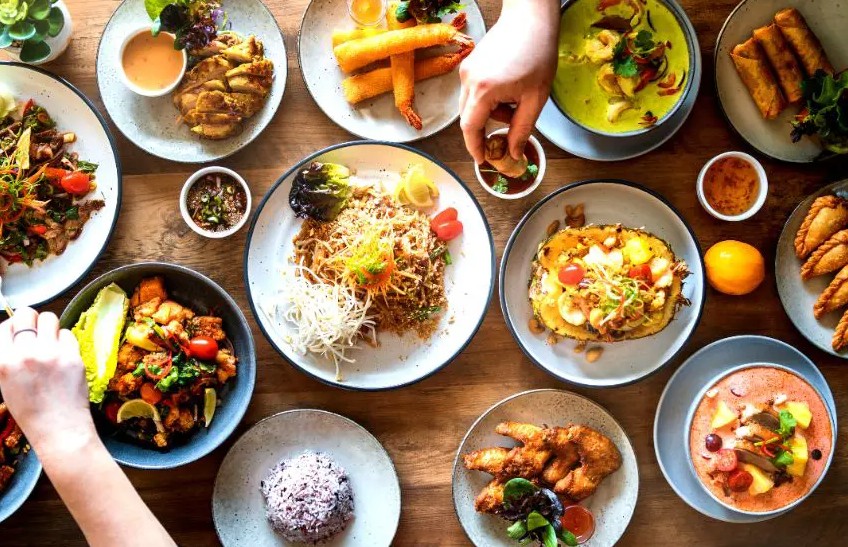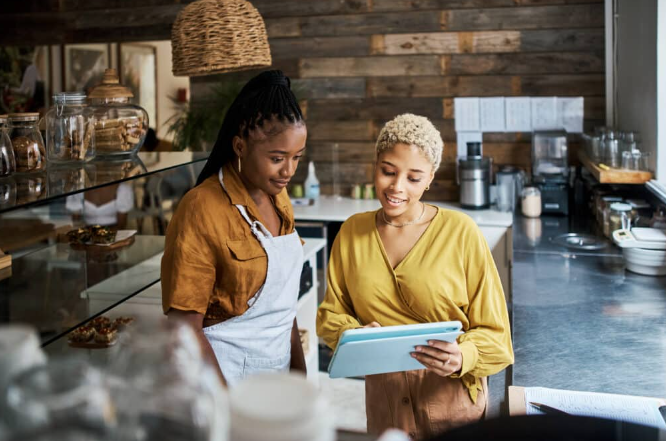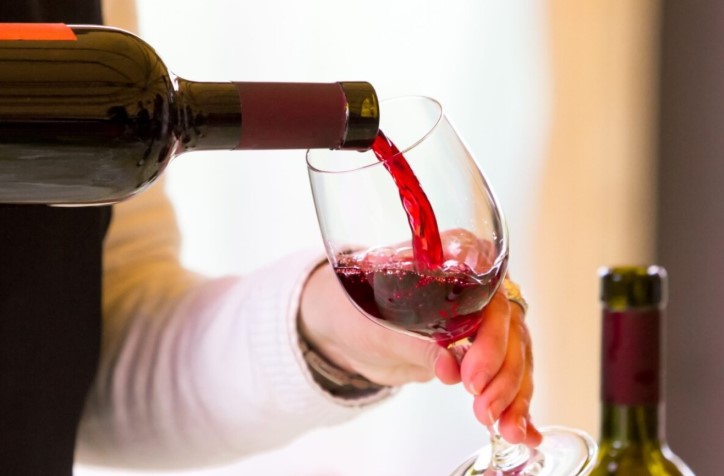
From Medan Street Eats to National Palate: The Origin Story
Founded in Medan in 2013 as an Instagram photo diary of local hawker stalls, Lensa Kuliner quickly grew into a trusted voice for Indonesia’s ever-widening foodie community. Its early success came from vivid, close-up shots of nasi padang, lontong sayur, and other comfort foods that resonated well beyond North Sumatra. By the mid-2010s the brand had migrated to a dedicated website—LensaKuliner.com—where longer, bilingual reviews paired with professional-grade photography deepened the storytelling. Today, the project has matured into a full-scale digital publication that covers everything from hidden-gem warung in Jakarta to seaside cafés in Lombok, all while retaining its original heart: celebrating honest, affordable food and the people who cook it.
Navigating the Site: Reviews, Recipes, and Regional Guides
LensaKuliner.com is laid out like a virtual food market, with clearly labelled aisles so readers can find what they crave. “Review Tempat Makan” lists cafés, street-food carts, and all-you-can-eat buffets, each tagged by city and price range. “Kuliner Nusantara” maps local specialties region by region—helpful for travellers who want to plan their next bite before booking a ticket—while the newer “Resep Rumahan” section breaks down classic dishes such as ifumie ayam into step-by-step, weekend-friendly tutorials. A persistent search bar and responsive mobile design make the site feel lightweight even on slower Indonesian data plans, and every article ends with practical tips: operating hours, Google Maps pins, and halal status where relevant.
Empowering Small Vendors Through Digital Storytelling
Beyond restaurant rankings, Lensa Kuliner acts as a microphone for micro-entrepreneurs. Many featured stalls operate on shoestring budgets, yet a single post can generate queues that wrap around the block. The editors practice what they call “ethical tasting”—paying for all meals and disclosing collaborations—so reviews read less like ads and more like neighborhood gossip with journalistic rigor. Vendors report revenue jumps of 20-40 percent within weeks of publication, underlining how digital visibility can level the culinary playing field. Stories also spotlight heritage recipes at risk of disappearing, preserving oral histories in searchable form and nudging younger cooks to continue family legacies.
Riding the Wave of Culinary Tourism in Indonesia
Indonesia’s Ministry of Tourism projects domestic culinary trips to surpass 500 million by 2026, and Lensa Kuliner positions itself at the intersection of that boom. City guides double as weekend itineraries, encouraging readers to spread their spending across multiple vendors rather than crowding a single viral spot. The site’s bilingual (Bahasa and English) approach captures both local eaters and inbound travelers who are scheduling “nibbling tours” between temples and beaches. Articles weave in cultural context—how West Sumatra’s volcanic soil shapes chili heat, or why Balinese lawar is traditionally prepared communally—inviting visitors to taste with respect, not just curiosity.
Social Media Synergy: TikTok, Instagram, and Viral Bites
While long-form posts anchor the brand, real-time engagement happens on social platforms. The TikTok account (@lensakuliner) mixes slow-motion cheese pulls with punch-line price reveals, racking up millions of views and funnelling traffic back to the site. Over on Instagram, 293 000+ followers scroll through carousel reviews and 15-second “slurp tests.” Short-video popularity influences editorial direction; a trending lontong sayur clip can prompt a deeper analytical story about coconut-milk inflation or street-vendor licensing. This feedback loop keeps the platform fresh and ensures that web articles answer the exact questions audiences are already asking in comment sections.
SEO and Content Strategy: What Makes Lensa Kuliner Stand Out
Technically, LensaKuliner.com is optimized for both Indonesian and international search queries. Titles balance local keywords (“Sate Legendaris di Purnawarman”) with descriptive English slugs, and alt-text on images is meticulously filled in—crucial for food content, where half the appeal is visual. The editorial calendar aligns posts with national holidays like Ramadan and Independence Day, periods when search interest for special-occasion dishes spikes. Evergreen guides (e.g., “Jakarta 24-Hour Eats”) are refreshed quarterly to maintain ranking authority. Backlinks flow naturally from travel bloggers and news outlets that embed Lensa Kuliner recommendations in “best of” lists, creating a virtuous circle of credibility.
Future Horizons: Sustainability, Community, and Expansion
Looking ahead, Lensa Kuliner plans to pilot a “green plate” label that highlights vendors using biodegradable packaging or sourcing hyper-local ingredients. A forthcoming podcast will let hawkers tell their own stories in their own dialects, capturing the soundscape—clanging woks, clinking glasses—that photos alone can’t convey. There is also talk of launching an English-language sister site to cater to the growing number of food-driven tourists from Australia and Europe. Whatever shape the project takes, its mission will remain constant: to document Indonesia’s dazzling culinary diversity and to prove that the best way to understand a culture is still, and always, to taste it—one spoonful at a time.
Community Engagement and Food Events
LensaKuliner.com doesn’t only exist online—it’s also known for curating real-world culinary experiences. The platform regularly partners with local municipalities and tourism boards to host food festivals, street food bazaars, and cooking competitions. These events help strengthen relationships between vendors and customers, offering the public an opportunity to meet the faces behind their favorite dishes.
Workshops are also part of the Lensa Kuliner agenda. From food photography and styling to content writing for culinary businesses, these workshops empower aspiring food bloggers and micro-entrepreneurs to establish their own digital presence. The Lensa Kuliner team emphasizes inclusivity, ensuring that small vendors, even those without internet access or digital literacy, are represented fairly and effectively.
By building a community that stretches beyond screens, Lensa Kuliner reinforces its role not just as a content platform, but as a driver of grassroots culinary culture.
Final Thoughts: A Digital Gateway to Indonesia’s Culinary Heart
LensaKuliner.com is more than a website—it’s a movement. It connects people to their heritage, introduces travelers to the true taste of Indonesia, and helps small businesses survive and thrive in an increasingly competitive world. Through its compelling storytelling, practical guides, and ethical approach, Lensa Kuliner shows how food can be both a delicious journey and a powerful tool for cultural preservation and economic empowerment.
As culinary tourism continues to grow and digital media shapes the way we eat, Lensa Kuliner remains at the forefront—an honest, flavorful, and beautifully photographed guide to what’s cooking across the archipelago.








